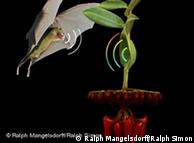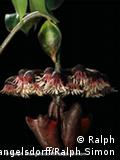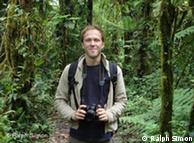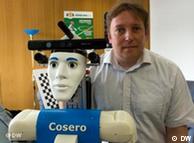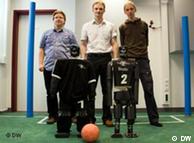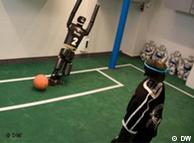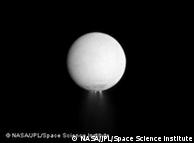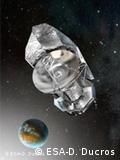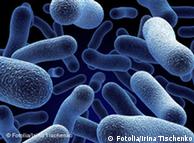Δήμοι-πρότυπα, κόντρα στη συνήθη εικόνα των ΟΤΑ
Χωρίς εδραιωμένες κοινωνικές και προνοιακές δομές και με σοβαρά οικονομικά προβλήματα βρίσκει ο «Καλλικράτης» τους δήμους της χώρας. Η πλειονότητα, αντί να αξιοποιήσει τόσα χρόνια τα ευρωπαϊκά προγράμματα ώστε να οργανώσει κοινωνικές υπηρεσίες, παρείχε υπηρεσίες αποσπασματικά με συνέπεια διαρροή εκπαιδευμένου δυναμικού και ματαίωση στους περιστασιακά ωφελημένους πληθυσμούς.
Επιπλέον, οι προνοιακές και κοινωνικές υπηρεσίες καλύπτονται κυρίως από συμβασιούχους, που κατά τον νόμο Ραγκούση πρέπει να μειωθούν κατά 50% το 2011 και 10% κατ’ έτος μέχρι το 2015. Αυτό σημαίνει ότι, πέρα από τα άλλα προβλήματα, δεν θα υπάρχει προσωπικό για προγράμματα που τώρα υλοποιούνται. Κι όμως, σε αυτό το απογοητευτικό τοπίο, ο υπεύθυνος κοινωνικής πολιτικής της ΚΕΔΚΕ και δήμαρχος Συκεών κ. Σίμος Δανιηλίδης δηλώνει ενθουσιασμένος που «επιτέλους μεταφέρθηκαν στους δήμους οι κοινωνικές και προνοιακές δομές».
Ο ίδιος, ως δήμαρχος Συκεών επί πολλά χρόνια, και οι δημοτικές αρχές Αγίας Βαρβάρας -με δημάρχους αρχικά τον κ. Λ. Μίχο και σήμερα τον κ. Γ. Καπλάνη- έχουν να επιδείξουν μια στέρεη κοινωνική πολιτική, κόντρα στη συνήθη εικόνα των ΟΤΑ. «Τα τελευταία 3-4 χρόνια με το ΕΣΠΑ παρέχουμε δωρεάν υπηρεσίες και αν υπάρχει σωστή διαχείριση του κόστους, μένει κι ένα υπόλοιπο για να αγοράσουμε οικόπεδα και χώρους», λέει ο κ. Δανιηλίδης. Ο διευρυμένος σήμερα Δήμος Νεάπολης-Συκεών έχει να επιδείξει ιδιόκτητα κέντρα για άτομα με αναπηρία και διαμερίσματα για την αυτόνομη διαβίωσή τους. Οι φιλοξενούμενοι με μια σειρά δραστηριοτήτων -διαχείριση πλυντηρίου, στεγνοκαθαριστηρίου, συλλογή, πολτοποίηση και δημιουργία προϊόντων χάρτου, δημιουργία πήλινων ειδών- κερδίζουν τη διαβίωσή τους έχοντας συγχρόνως κατακτήσει την κοινωνικοποίησή τους. Τα ιδιόκτητα Κέντρα Ημερήσιας Φροντίδας Ηλικιωμένων έχουν βαθμολογηθεί με άριστα από την Επιτροπή Παρακολούθησης της Ε.Ε. Το Κέντρο Πρόληψης από Εξαρτησιογόνες Ουσίες «Πυξίδα» λειτουργεί από το 1997. Πρόσφατα, ο κ. Δανιηλίδης ανέλαβε το πολύπαθο «Βοήθεια στο Σπίτι» για 80.000 ηλικιωμένους στη χώρα.
Στον Δήμο Αγ. Βαρβάρας η Κοινωνική Υπηρεσία ιδρύθηκε πριν από 15 χρόνια και η μικρή σχολική διαρροή των Ρομά είναι ένας αδιαμφισβήτητος δείκτης πετυχημένης κοινωνικής πολιτικής. «Εκμεταλλευθήκαμε κάθε δυνατότητα κοινοτικών και εθνικών πόρων», σημειώνει η αντιδήμαρχος Κοινωνικής Πολιτικής και Πολιτισμού κ. Αννα Γούναρη. Εδώ και 18 χρόνια λειτουργεί η Κατασκήνωση στην Πόλη για τα παιδιά τους καλοκαιρινούς μήνες. Πριν από 12 χρόνια, με τη στήριξη του Ιάκωβου Καμπανέλλη δημιουργήθηκε η Ανωτέρα Σχολή Δραματικής Τέχνης. Στα τέλη του 2010 ξεκίνησε η Τράπεζα Χρόνου.
Ποιος ήταν ο δρόμος για την επιτυχία; «Να αγαπάς. Να έχεις πάθος. Να πιστεύεις ότι Τοπική Αυτοδιοίκηση δεν είναι μόνο να μαζεύεις σκουπίδια και να κλείνεις τρύπες στους δρόμους», λέει ο κ. Δανιηλίδης. «Η κοινωνική πολιτική και η πρωτοβάθμια φροντίδα υγείας στον δήμο δεν είναι μόνο κοινωνικά ενδεδειγμένη, αλλά και οικονομικά συμφέρουσα. Στα άσυλα και τα ιδρύματα κάθε περιθαλπόμενος κοστίζει 16.000-20.000 ευρώ ετησίως. Στις δομές, επειδή είναι ευέλικτες και παρακολουθούνται από την τοπική κοινωνία που συνδράμει, το κόστος μειώνεται στα 5.000-6.000 ευρώ».
